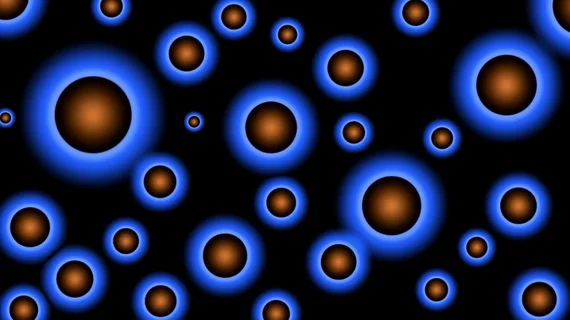Novel nuclear imaging method targets cancer-associated fibroblasts, outperforms 18F-FDG
A German-led research team has developed a new nuclear medicine imaging technique that outperforms standard tumor imaging by targeting cancer-associated fibroblasts (CAFs), according to research published in the September issue of the Journal of Nuclear Medicine.
CAFs are found in more than 90 percent of epithelial carcinomas, such as pancreatic, colon and breast cancer. These CAFs also have high levels of fibroblast activation protein (FAP) and are associated with tumor growth and progression, according to corresponding author Uwe Haberkorn, MD and colleagues.
"The appearance of FAP in CAFs in many epithelial tumors and the fact that overexpression is associated with a worse prognosis led to the hypothesis that FAP activity is involved in cancer development, as well as in cancer cell migration and spread," said Haberkorn in a press release. "Therefore, the targeting of this enzyme for imaging and endoradiotherapy can be considered as a promising strategy for the detection and treatment of malignant tumors."
Haberkorn et al. created the PET tracer gallium-68 (68Ga)-labeled FAP-specific enzyme inhibitor (FAPI). They tested the tracer on a mouse, and subsequently on three patients using PET/CT imaging.
Results showed the FAPI achieved high specificity, affinity and rapid internalization into the FAP cells. Additionally, when compared to the commonly used radiotracer 18F-FDG, the new FAP “clearly” achieved more.
"A comparison to fluorodeoxyglucose [18F-FDG]—the common standard in tumor imaging—revealed a clear advantage of our tracer with regard to tumor uptake and image contrast in many tumors,” Haberkorn added.

